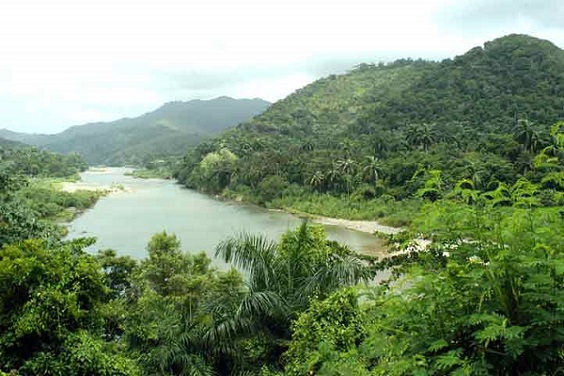 Guantanamo.-More than 170 tons of carbon per hectare are captured annually from the atmosphere in the Cuchillas del Toa protected area, declared a Biosphere Reserve in 1987, an amount that reflects the positive impact of this area in mitigating the effects of global warming.
Guantanamo.-More than 170 tons of carbon per hectare are captured annually from the atmosphere in the Cuchillas del Toa protected area, declared a Biosphere Reserve in 1987, an amount that reflects the positive impact of this area in mitigating the effects of global warming.
The calculations on carbon retention were obtained through the use of the computer application Sumfor or Sumidero Forestal, informed Dr. Barbaro Zabala Lahitte, a specialist of the provincial Environmental Services Unit and author of a research on the geoecological approach for the environmental management of Cuchillas del Toa.
This tool quantifies the above-ground and below-ground biomass, necromass and soil, natural, artificial and developing forests in the reserve, which has the highest levels of biodiversity and endemism in the Antilles.
Zabala Lahitte predicts that if the forest cover in the important protected area, which amounts to more than 105,000 hectares of natural forests, is maintained or increased, carbon sequestration or fixation could double in a decade.
The result of the research is an obligatory reference for any subsequent evaluation in this type of protected areas and represents a qualitative leap in the effort of the Cuban forestry sector to contribute to La Tarea Vida (the Task of Life) in all its dimensions, said Arnaldo Alvarez Brito, PhD in Sciences, head researcher of the National Institute of Forestry Research.
In Cuba, carbon sequestration in forests serves to offset part of the emissions and honor the country’s commitments to the Kyoto Protocol, the implementation mechanism of the United Nations Framework Convention on Climate Change.
Translated and edited by Dayla Perez Ortiz.